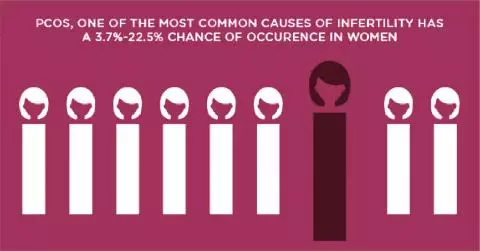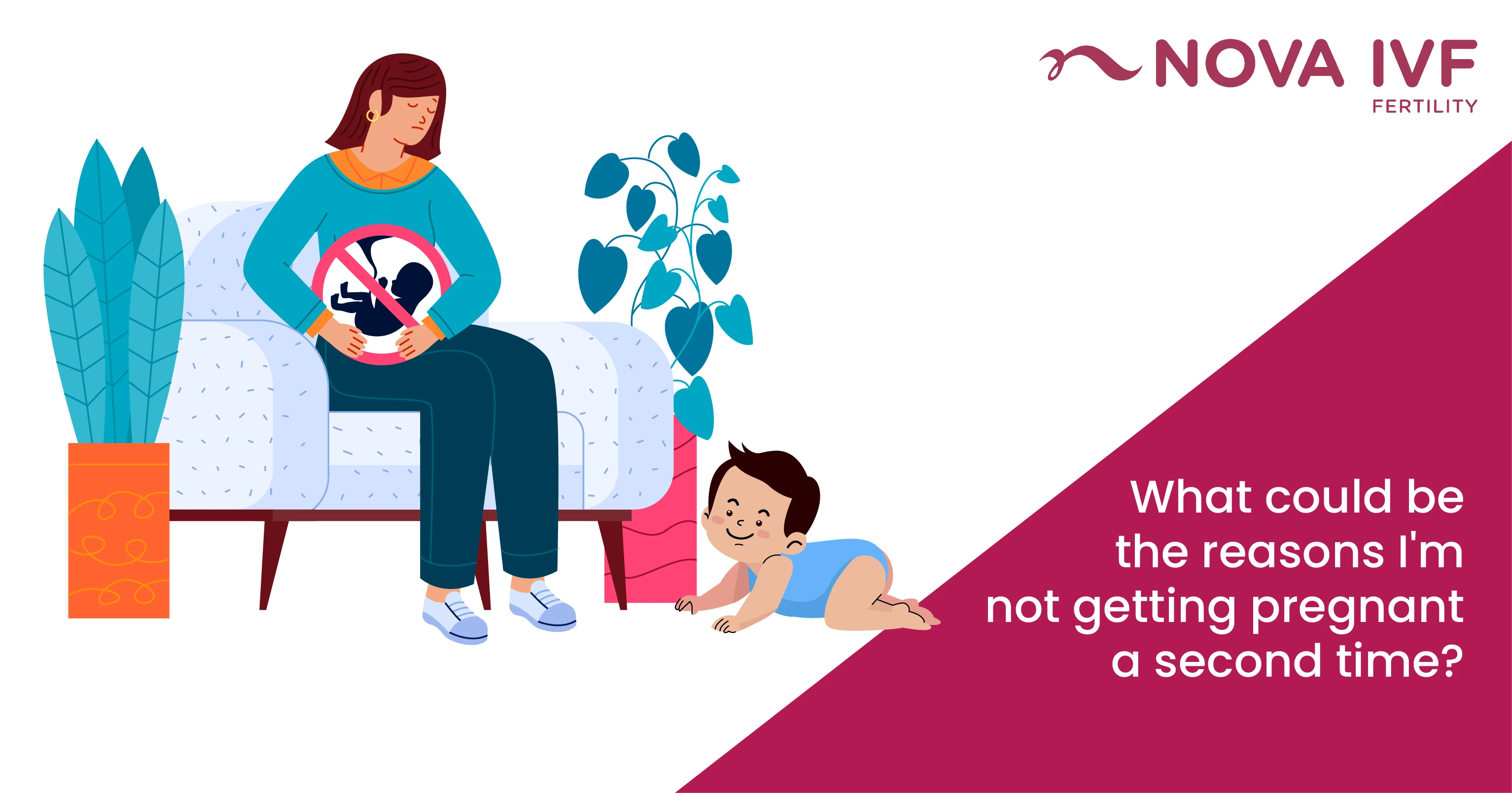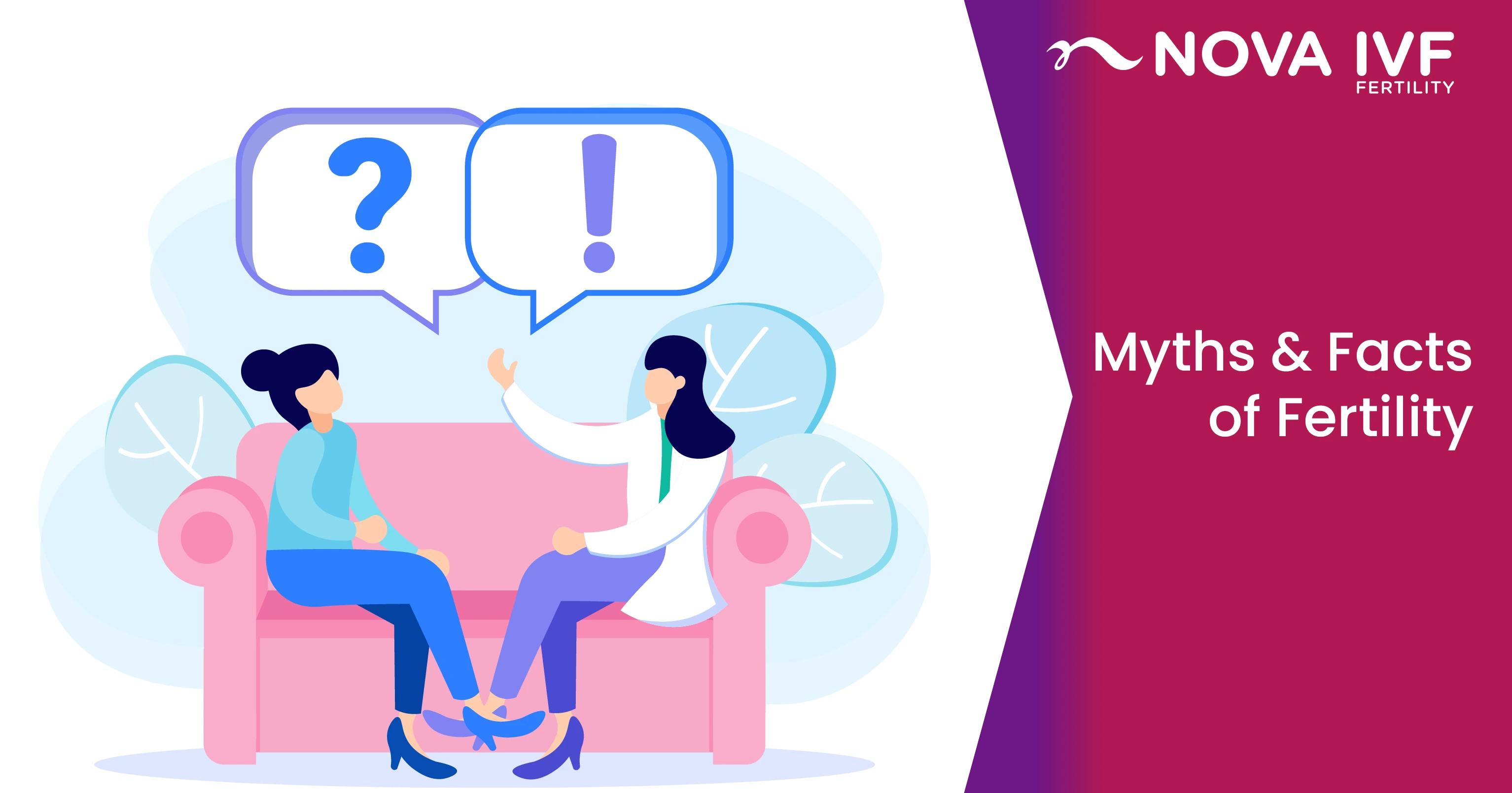Risks of Hysteroscopy: Key Insights
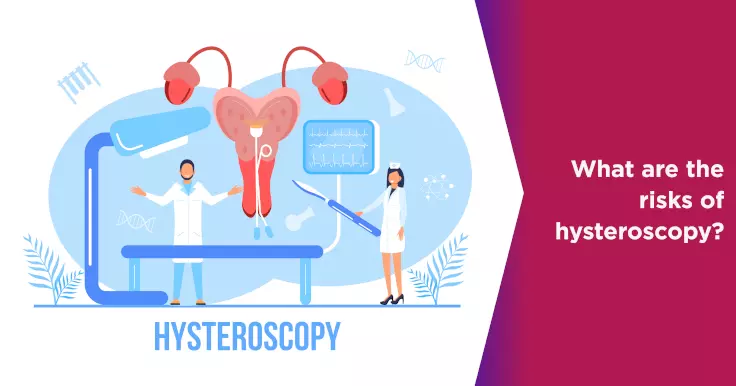
Hysteroscopy is an operative and diagnostic procedure that allows the doctor to treat a number of gynaecological abnormalities. This procedure involves inserting a hysteroscope (thin tube), with a light and camera attached to the end of it, into the uterus. This helps the doctor evaluate the inside of the womb.
The need for hysteroscopy may arise if you have:
- Abnormal bleeding
- Fibroids and polyps
- Numerous miscarriages
- Post menopausal bleeding
- To remove or place IUDs (intrauterine devices)
Since hysteroscopy is an invaluable tool in the treatment of intrauterine problems, and has become increasingly popular with gynaecologists, the need to identify and prevent the risks of hysteroscopy is vital.
Just like any other surgical procedure, some potential risks are associated with hysteroscopy. These can include:
- Heavy bleeding
- Infection - Infection is an uncommon risk of post operative hysteroscopy. However, it may arise due to a long surgery or repeated insertion and removal of the hysteroscope.
- Common anaesthesia complications
- Air embolism - If the surgeon inserts gas through the tube during the procedure, there is a risk of developing an air embolism. This can be dangerous but is also extremely rare.
- Uterine perforation - This is the most common complication of the procedure. The lining of the uterus may be scarred during dilation or insertion of the tube.
- Damage to the cervix during the process
Things to Keep in Mind
There are also certain factors that may interfere with the whole procedure. These include, but are not limited to, the following:
- Bloated bladder
- Vaginal discharge
- Inflamed cervix
- Pelvic inflammatory disease
It is important to discuss these with your doctor before the procedure. Although hysteroscopy is generally free of risks and complications, it is important to be acquainted with the same. To gain further understanding on the need and safety of such a procedure, kindly visit a doctor.
 Infertility Counselling
Infertility Counselling Female Infertility Treatment
Female Infertility Treatment Andrology Treatment
Andrology Treatment Fertility Enhancing Surgeries - Female
Fertility Enhancing Surgeries - Female Fertility Enhancing Surgeries - Male
Fertility Enhancing Surgeries - Male Endoscopy Treatment
Endoscopy Treatment IUI Treatment
IUI Treatment IVF Treatment
IVF Treatment ICSI Treatment
ICSI Treatment Advanced IVF Solutions
Advanced IVF Solutions Embryology
Embryology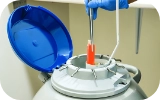 Vitrification Egg, Embryo, Sperm Freezing
Vitrification Egg, Embryo, Sperm Freezing Preimplantation Genetic Testing (PGT)
Preimplantation Genetic Testing (PGT) Donation Program Embryo / Egg / Sperm
Donation Program Embryo / Egg / Sperm

